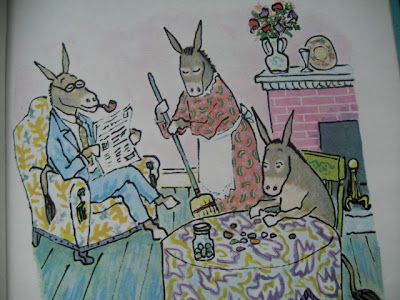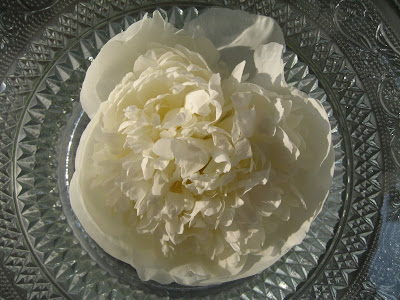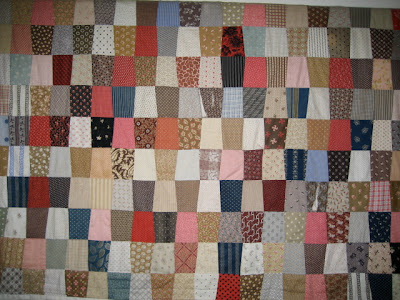
On this day in 1944, Ray Davies was born. Of all songwriters, he is my favorite. His words are so wise and so meaningful that in our family, we often have what we call a "Ray for the day"; a quote that applies to whatever situation is happening. If we're talking about a gloomy soul, one of us thinks,
You gotta learn to be positive, it's your only chance
You mustn't be so defensive, you gotta join in the dance
But it isn't your dancing that you've gotta improve
Ooh, it's your attitude.If we're talking about a sad alcoholic, we say,
Oh demon alcoholWhen we're out for a drive, we sing,
Oh, we'll be dri-i-i-i-ivin'If someone mentions Queen Victoria, his song, Victoria comes immediately to mind.
Land of hope and gloria
Land of my VictoriaRay writes stories in song version. They are stories often filled with nostalgia, common enough in an older man, but Ray wrote many, many while in his twenties. The listener can hear the ache in his voice, the tender feelings, the longing for another time. Who else in rock music has, or would, write a song called Village Green Preservation Society? No one. I was going to quote just a bit, but really it is better in its entirety.
We are the Village Green Preservation Society
God save Donald Duck, Vaudeville and Variety
We are the Desperate Dan Appreciation Society
God save strawberry jam and all the different varieties
Preserving the old ways from being abused
Protecting the new ways for me and for you
What more can we do
We are the Draught Beer Preservation Society
God save Mrs. Mopp and good Old Mother Riley
We are the Custard Pie Appreciation Consortium
God save the George Cross and all those who were awarded them
We are the Sherlock Holmes English Speaking Vernacular
Help save Fu Manchu, Moriarty and Dracula
We are the Office Block Persecution Affinity
God save little shops, china cups and virginity
We are the Skyscraper condemnation Affiliate
God save tudor houses, antique tables and billiards
Preserving the old ways from being abused
Protecting the new ways for me and for you
What more can we do
God save the Village Green.When we first heard these words, we young Americans didn't have a clue what many of them meant - Mrs Mopp, the George Cross, or even tudor houses, but we knew they were important. We knew they had meaning and substance and that someone named Ray Davies wanted to preserve them. Who wouldn't fall in love with this young man? And we weren't the only ones. I remember once standing in line for a Kinks concert and a young woman had baked a cake for him. There was, and still is, a bond between Kinks' fans. For a long time I was on a Kinks list and it was wonderful being among others who so admired their work. Then when Ray started going out on his own a few years back, we brought our kids so they could spend time with him, so they, too, could learn to love him. They did, and they do. They still speak of those shows. He was surrounded by people who thought he was the best, period.
He writes of domestic abuse, he writes of not being "like everybody else," he writes of hayfever, he writes about misfits, he writes of being a 20-century man who doesn't belong here.
You keep all your smart modern writers
Give me William Shakespeare
You keep all your smart modern painters
I'll take Rembrandt, Titian, Da Vinci and GainsboroughI don't think any of these painters have ever been mentioned in any song, let alone a rock song.
Most fans I know think that there are two songs that are above all the others in poetry and perfection: Waterloo Sunset, and Days.
As long as I gaze on Waterloo sunset
I am in paradiseI did a blog entry a while back featuring the words to
Days.
Ray Davies makes me think, makes me feel, and makes my life better, fuller, and richer. When I'm feeling old, he tells me "Don't Forget To Dance," and when life is hard he says,
I know you've got a lot of good things happening up ahead.
The past is gone it's all been said.
So here's to what the future brings,
I know tomorrow you'll find better things. There is a tremendous website on the
Kinks, where you can learn just about everything.
I've just ordered his latest cd called
Other People's Lives in honor of his birthday.
I'm so grateful he is in this world.



















































